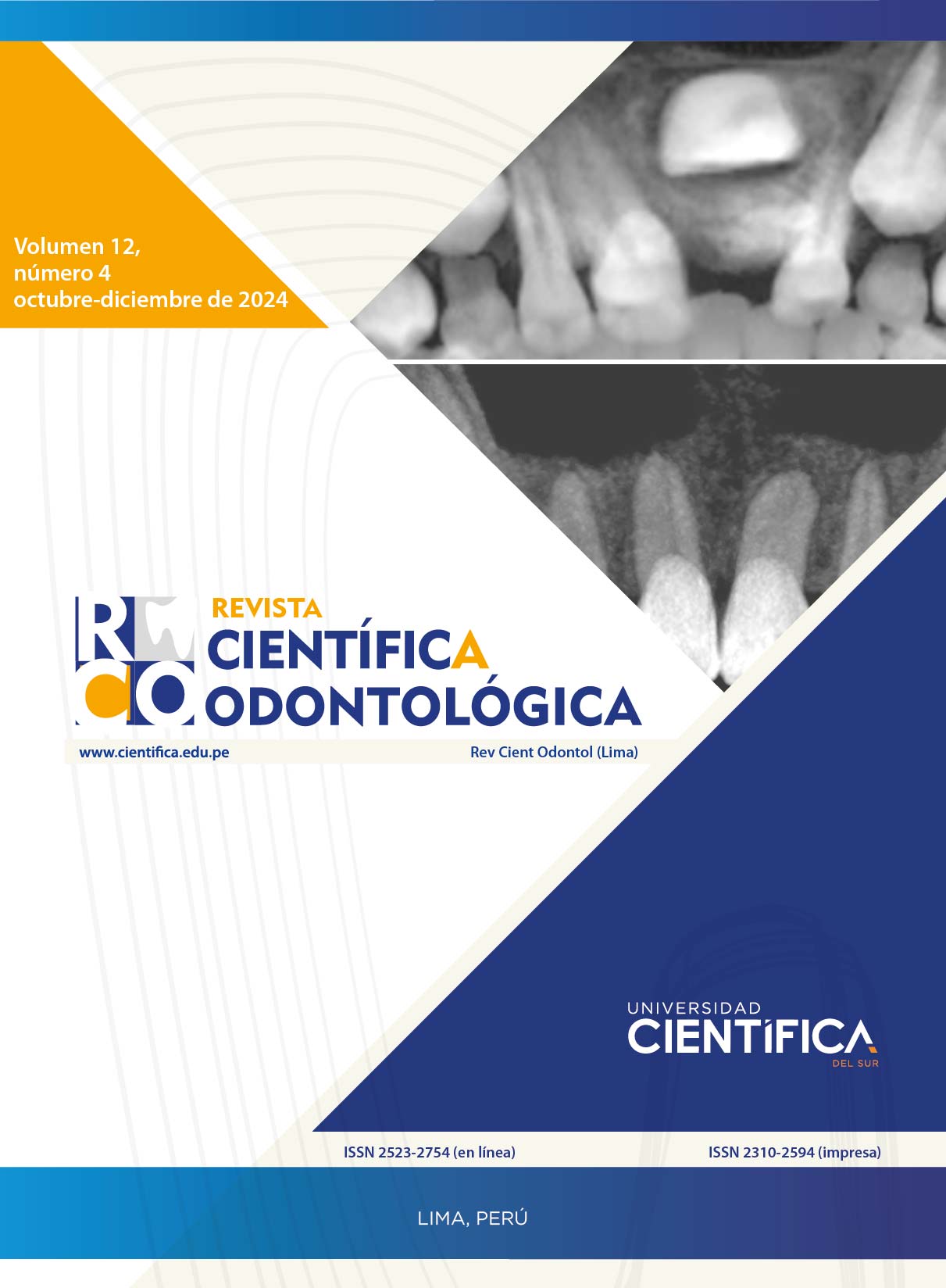TOMOGRAFÍA COMPUTARIZADA E INTELIGENCIA ARTIFICIAL. ¿DÓNDE ESTAMOS?
DOI:
https://doi.org/10.21142/2523-2754-1204-2024-214Palabras clave:
artificial intelligence, Cone beam computed tomographyResumen
In recent years we have seen a huge number of papers presenting the different possibilities for artificial intelligence (AI) in dentistry. Within the next decade, AI will transform the workflow of modern dental practice. Additionally, AI tools can enable healthcare professionals to increase their reliability, effectiveness, and usefulness, nonetheless potential limitations and errors. (1)
Systematic reviews concerning artificial intelligence for radiographic imaging detection of caries lesions concluded that AI-based models exhibit good diagnostic performance. AI provides comprehensive, reliable, and accurate image assessment and disease detection, thus facilitating effective and efficient diagnosis and improving the prognosis of dental caries in periapical radiographs. However, the various AI models come with their own set of pros and cons, so the selection of a model should be based on the specific task objectives and requirements. (2, 3) Accordingly, research projects should be meticulously designed to detect the true
performance of AI models.
Descargas
Descargas
Publicado
Número
Sección
Licencia
Derechos de autor 2024 Heraldo Luís Dias da Silveira

Esta obra está bajo una licencia internacional Creative Commons Atribución 4.0.

Este obra está bajo una licencia de Creative Commons Reconocimiento 4.0 Internacional.












